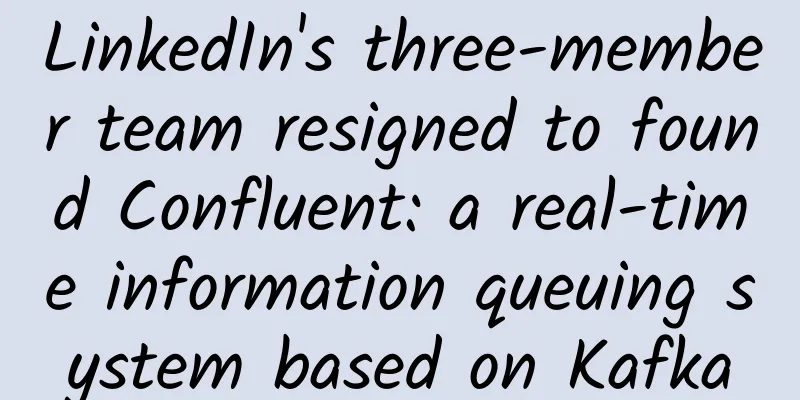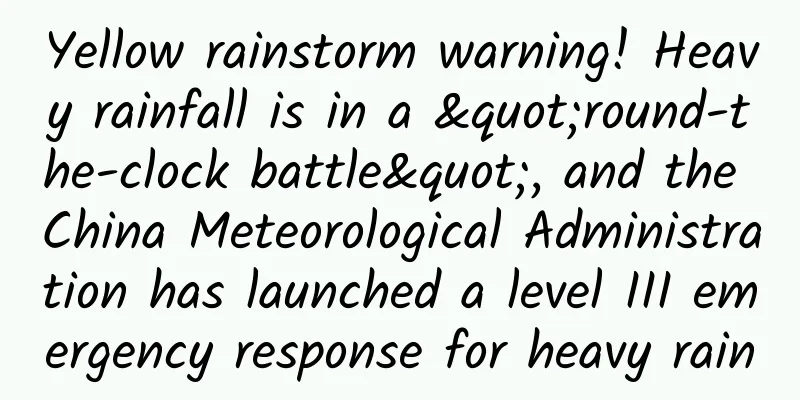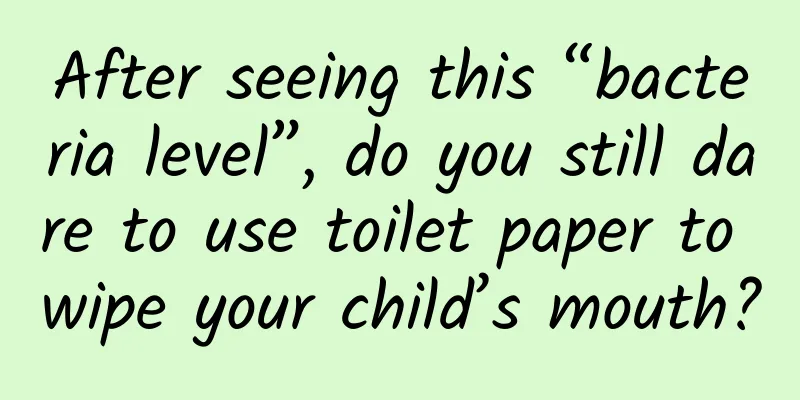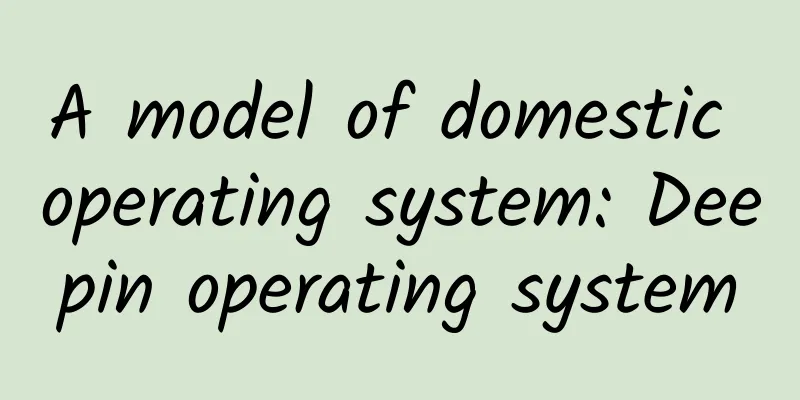There is more space junk to clean up, what should we do?

|
Recently, the European Space Agency announced that it originally planned to launch an active space debris removal vehicle in 2026 to go to space to clean up a piece of space junk, but unexpectedly found more space debris near it, which is speculated to be caused by the collision of that piece of space junk. So what challenges may the European Space Agency's related missions encounter? What is the situation facing the removal of space junk and the slowing down of the growth of space debris? What considerations does this reflect? An accident occurred before the apprenticeship The reason why the unexpected increase in space debris attracted the attention of ESA is mainly because ESA has been eyeing that piece of space junk for many years. That piece of space junk was born in 2013. At that time, after the ESA's Vega rocket carried out its second satellite launch mission, a satellite bracket was left in orbit. It is also the upper part of the Vega rocket's payload adapter. The overall shape is conical, with a diameter of about 2.1 meters, a height of about 1.3 meters, and a mass of about 112 kilograms. At present, the bracket is roughly located in the Earth orbit at an altitude of 800 kilometers by 660 kilometers. It has a relatively simple shape and a relatively strong structure. Therefore, it was determined by the ESA to be an "extremely suitable" capture target for the active space debris removal mission. In December 2020, ESA signed a contract worth 86 million euros with the industrial team of Swiss Clean Space to purchase the unique "Clean Space-1" service. Simply put, the mission will launch a space robot to approach the satellite bracket, capture it with four robotic arms, and then drag it into the Earth's atmosphere to burn up. During this process, the space robot will use artificial intelligence to autonomously assess the target's condition and match the movement. The capture will be carried out under the supervision of ESA. Robotic arms are expected to become an effective means for spacecraft to clean up space debris The system structure of this space robot is relatively complex and was developed by many Western aerospace companies: the propulsion subsystem is used to drive it to change orbit precisely and stably and approach the target; the advanced "nervous system" assists in planning the mission progress and directly commands the electronic equipment behind the four robotic arms; the integrated sensing system includes a long-range radar system and two micro cameras, which are not only used for navigation and positioning, and target detection, but also provide necessary visual assistance during target capture operations; the processor panel helps artificial intelligence and the rear team analyze target images and make timely and efficient decisions; to ensure mission reliability, the space robot will have a composite structure and an efficient thermal control system. It can be said that this will be the first mission in the history of spaceflight to remove space debris from orbit through precise, complex close-range operations. Subsequently, ESA hopes to achieve more complex and ambitious goals of actively removing space debris, continuously increase the difficulty of the mission, and eventually achieve the removal of multiple targets in a single launch. According to ESA's estimate, the recent accidental collision with space debris resulted in the loss of a small part of the satellite bracket hardware, which will not have a significant impact on the implementation of the Clean Space-1 mission. However, considering that the mission is premised on the target hardware being intact, ESA is conducting an assessment that will last at least several weeks to determine the next response measures. From another perspective, this accident further highlights the dangerous prospect of the "proliferation" of space debris collisions. As early as the 1970s, American aerospace expert Donald Kessler proposed the "Kessler effect", which means that when the amount of space debris reaches a certain critical point, it will trigger a chain of collisions in orbit, which will then exceed human control capabilities and will likely eventually fill the space around the earth with debris, making it impossible for humans to use it safely. Active removal is more urgent Since the space debris problem is international, the United States, Russia, Japan and other countries jointly initiated the establishment of the Inter-Agency Space Debris Coordination Committee in 1993, aiming to coordinate the unified space actions of various countries and jointly solve the space debris problem. Since then, countries have paid more and more attention to the space debris problem and proposed various solutions to deal with the threat of space debris. Space junk has increased rapidly in recent years On the one hand, protection measures are taken for the spacecraft itself, mainly including three situations: for space debris smaller than 1 cm, satellites and other spacecraft can rely on structures, materials and necessary protection and reinforcement measures to "hold on"; for space debris of 1 to 10 cm in size, countries have different ideas on how to solve them; for larger debris larger than 10 cm, the ground team needs to pay attention at all times, calculate the probability of a collision between the spacecraft and the debris in a timely manner based on the orbital trends of the spacecraft and the space debris, and once the warning value is reached, let the spacecraft perform evasive maneuvers. On the other hand, we hope to solve the problem of space debris from the source and actively improve the space environment. Preliminary analysis shows that the relevant technical measures mainly include three categories: passivation treatment, active deorbiting and active removal. Passivation refers to the use up of the propellant and battery power of retired spacecraft in advance to avoid explosions in the future. It should be noted that for a long time, there have been an average of more than 12 on-orbit spacecraft disintegration accidents each year, and among the approximately 550 known such accidents, the disintegration of unpassivated spacecraft produced the most debris. Active deorbit means that a spacecraft uses its own thrusters, balloons, light sails, etc. to leave its working orbit. Low-Earth orbit satellites are lowered into the atmosphere and burned up, while geosynchronous orbit satellites are raised into a "grave orbit", thereby protecting normally operating spacecraft from being hit by debris, or at least significantly reducing the risk of accidental impact. Active removal generally requires the launch of a dedicated spacecraft to capture larger space debris through methods such as robotic arm capture, net bag and "harpoon" capture, and then the dedicated spacecraft starts the power to take the space debris out of orbit. It is not difficult to see that both passivation treatment and active deorbiting measures require spacecraft to add corresponding hardware or carry more propellants, which is costly and has reliability risks. According to international guidelines, operators should remove spacecraft from low Earth orbit within 25 years after the end of the spacecraft mission, but in fact only 60% of mission operators do so. Therefore, active removal has become an effective means to clean up a large amount of space debris. ESA wants to take the lead The EU has a strong public opinion base in the field of environmental protection, so the removal of space debris has gained widespread support very early on. In 2002, various parties issued the "Guidelines for Space Debris Mitigation", and ESA simultaneously issued the "European Space Debris Safety and Removal Standard". In 2004, Italy, the United Kingdom, France, and Germany jointly signed the "European Code of Conduct for Space Debris Mitigation". In 2014, ESA issued an administrative directive on space debris mitigation policy. In 2015, ESA issued the Space Debris Mitigation Compliance Verification Guidelines, which provided specific verification methods and space debris mitigation measures. In recent years, ESA has regularly published space environment reports every year, evaluating the impact of global space behavior on the space environment and the effectiveness of international space debris mitigation measures. It has also made public future space sustainability goals: by 2030, it will have a spacecraft "fleet" capable of resisting the threat of space debris; have the ability to monitor and safely manage "space traffic", including cleaning or disposing of existing debris in orbit; and develop automatic spacecraft collision avoidance systems to strive not to create new space debris. Specifically, in 2012, ESA convened EU satellite manufacturers to carry out mission demonstration and technology development for space debris removal with the goal of removing out-of-control environmental satellites. The active removal technologies considered included robotic arms, "tentacles", flying nets, ion beams, etc. An image of a net made of special materials capturing space debris Since 2016, Airbus has been working with a number of European partners on "spacecraft self-clearing technology" and conducting initial research on cost-effective and highly reliable equipment prototypes, hoping to help spacecraft automatically leave orbit when they fail, lose control or end their life. In June 2018, the space debris removal mission test satellite developed by Airbus subsidiary SAR Satellite Technology was deployed on the International Space Station. From September 2018 to March 2019, the mission successfully completed four tests in a real space environment, including the capture of cubic satellites by net bags, space target motion tracking, "harpoon" capture, and towing sail deorbit. During the Paris Air Show in June this year, the Director of ESA and executives of several EU aerospace companies stated that they would jointly develop a "Zero Debris in Space Plan" to strive to reduce the generation of space debris, focus on the situation in low-Earth orbit, and promote the safety and long-term sustainability of space activities. ESA plans to hold a series of seminars this year and complete the drafting of the "Zero Debris Charter" program document by the end of the year, requiring countries and organizations that join the program to scrap and deorbit spacecraft that have reached the end of their lifespan in a timely manner, or purchase space debris removal services from aerospace companies by 2030. Obviously, ESA's series of plans will help improve the safety of orbital space, and are expected to promote the development of the emerging commercial space industry, including on-orbit services such as on-orbit cleaning, replenishment, and maintenance. Looking back at November 2022, 22 ESA member states held a meeting in Paris and increased space project spending by a record 17%, passing a three-year budget of 16.9 billion euros, and preparing to compete with world powers in the field of space. With the proposal of the "Zero Space Debris Plan" and the insistence on the promotion of tasks such as "Clean Space", ESA obviously hopes to use the "righteous cause" of space environment governance to open up new markets for EU space companies and seize the commanding heights of space technology in orbital services. (Author: Yu Yuanhang) |
<<: The mortality rate is over 90%! To prevent sudden cardiac death, pay attention to these 6 signs!
>>: Blue Ocean, Green Development
Recommend
What does it mean to dominate the screen with ten thousand words? How to understand the phrase "Ten Thousand Words Dominating the Screen"?
After the New Year’s Day in 2020, someone called ...
The new Apple MacBook is like this?
Will Apple's next MacBook use fingerprint rec...
Analysis of the popular Tik Tok follower-boosting strategy!
Now more and more people love to play Tik Tok. “W...
New changes to WeChat Moments in iOS 7.0.18, no option to turn it off
Five days ago, iOS WeChat launched version 7.0.18...
The first red alert! Nanning suffered heavy rain and many places in the city were flooded. How to prevent it scientifically?
Summer rain comes as soon as it is expected. On t...
Fission effect is not good? You need to know these 5 details!
In the public's perception, fission is someth...
How much is the price for Lijiang Automobile Mini Program agent? Lijiang Car Mini Program Agent Price Inquiry
What is the price of Lijiang Auto Mini Program ag...
"Practical Notes on Buying a House" by Yige, a well-known real estate investor
"Practical Notes on Buying a House" by ...
ASUS POSEIDON-GTX 980Ti Graphics Card Review: Belief and Performance
When the first graphics card of ASUS Poseidon ser...
A revolutionary breakthrough in Android performance? A detailed explanation of the technical principles of Huawei's Ark Compiler
At the Huawei P30 series domestic launch conferen...
Google adjusts 3D perception mobile phone project Tango or will develop products
Google has a project called Tango that is working...
iPhone India factory riots! Nearly 2,000 people smashed, looted and burned, employees said it was because of salary cuts
This article is reproduced from Leiphone.com. If ...
How to visit Siheyuan? This guide will give you the answer →
Beijingers affectionately call it Siheyuan It is ...









